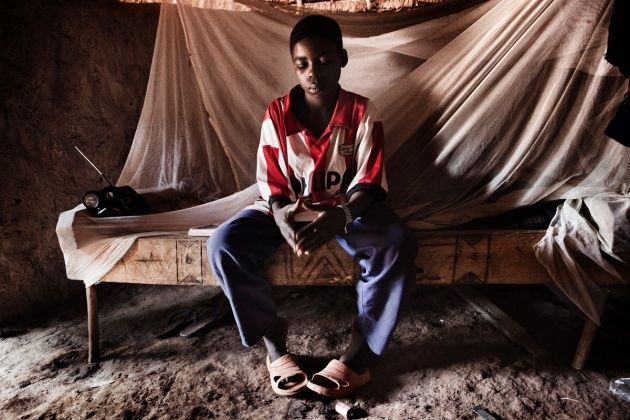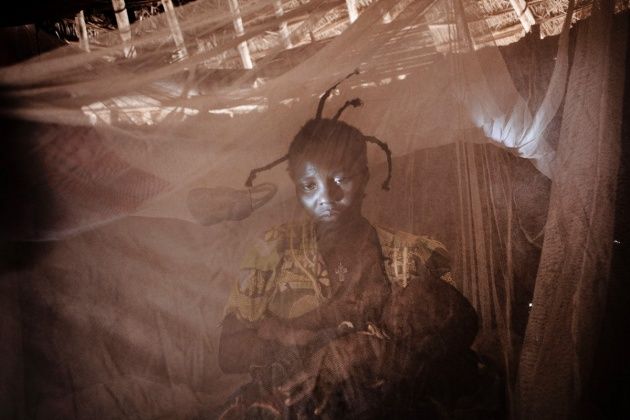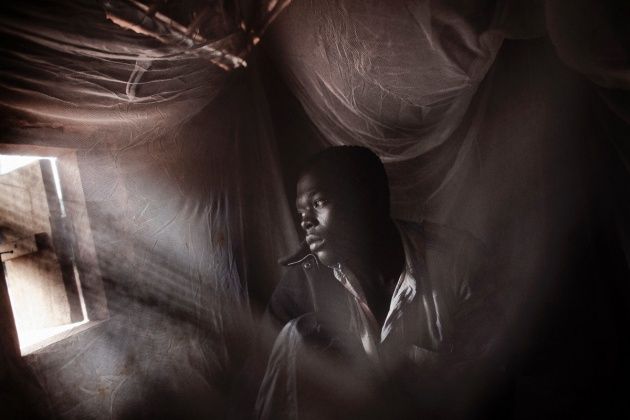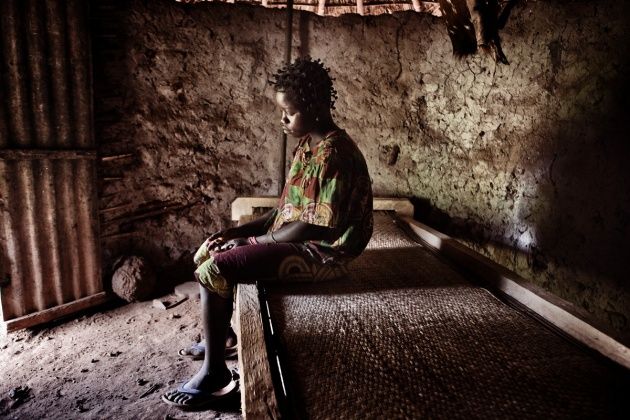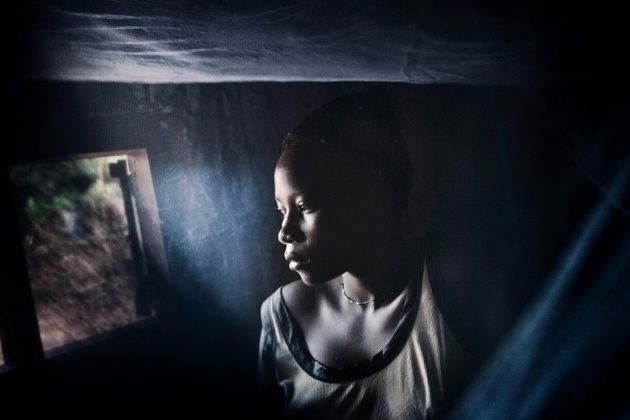For nearly a quarter century in central Africa, the Lord's Resistance Army has run a merciless campaign of terror. Led by Joseph Kony, a former altar boy and self-styled Ugandan prophet who claims to take orders from a host of spirits he alone can hear, the rebels are dwindling in numbers but have mastered the dark enterprise of abducting children to staff their dastardly mission. Reports say the LRA has kidnapped at least 66,000 minors, some 12,000 of whom are now dead. Others escaped for their lives. Their ages listed here are at the time of capture. Today, chased beyond Uganda's borders, Kony stalks the wildly remote jungles straddling the Democratic Republic of the Congo, the Central African Republic, and southern Sudan, eluding American backed efforts to end his demented war and save the children who suffer at his hand.
Captions here are abbreviated to fit this format. To view the full captions, see the Newsweek website.



